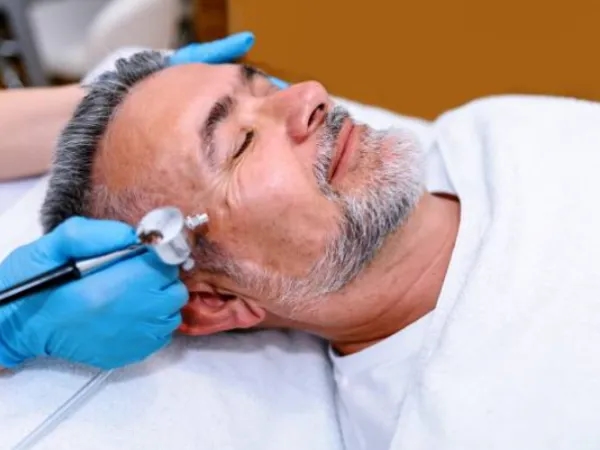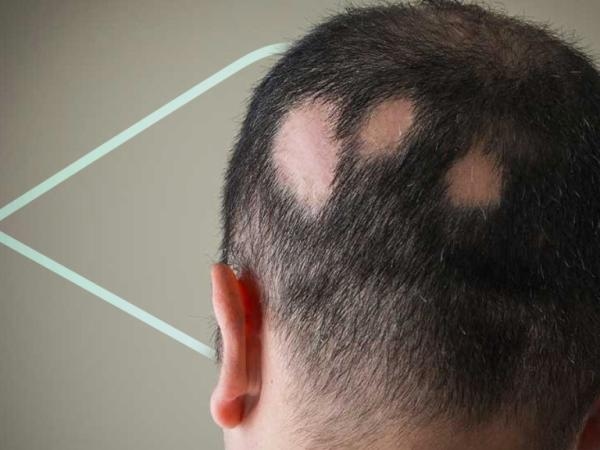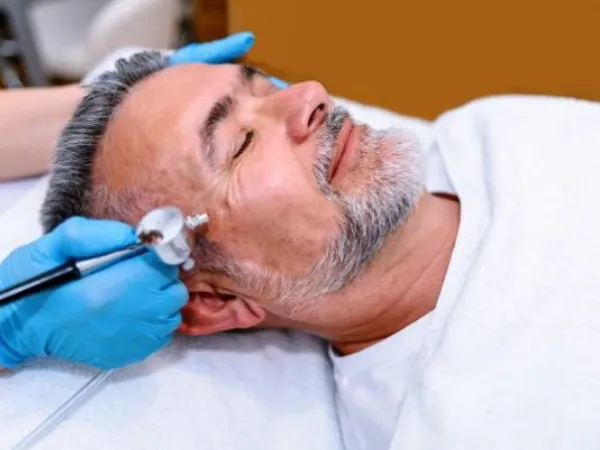Plastic surgery: what are the most common operations and where are they performed most?

The most common non-surgical procedure in Colombia was the application of Botulinum Toxin.
iStock
The global beauty landscape is being redrawn at breakneck speed. Far from being a practice reserved for the select few, aesthetic medicine has established itself in 2024 as another pillar of personal care, a global trend that cuts across cultures and economies. Data compiled by the International Society of Aesthetic Plastic Surgery (ISAPS) and corroborated by national medical associations reveals sustained growth, positioning the year as a record year for the number of procedures.
The narrative no longer revolves around secrecy, but rather optimization. “We are witnessing the emergence of 'homo aestheticus,'” analyzes Dr. Ana Silva, spokesperson for ISAPS. “ An individual who conceives of interventions on their appearance not as a frivolous luxury, but as an investment in psychosocial well-being and a tool for self-affirmation. The conversation has migrated from 'if' to 'how' and 'when' it should be done, with a growing emphasis on natural results and minimally invasive procedures .” See more: The most and least unsafe countries to walk at night: which side is Colombia on?
Global Overview: A snapshot of regional preferences. The phenomenon is universal, but with distinct regional nuances that reflect beauty ideals and access to technology .
United States: The giant that never stops growingFollowing the trend of previous years, the United States remains the world's largest market, with 6.1 million patients. The most popular procedures continue to be liposuction and breast augmentation with implants. However, the most explosive growth is seen in facelifts and blepharoplasty (eyelid surgery), which experts attribute to a generation of baby boomers who resist the signs of aging and demand high-definition results .

The United States is the largest foreign investor in Colombia, with US$2.268 billion in the first half of 2025, representing 34.4% of total FDI.
iStock
The South American powerhouse, historically an epicenter of plastic surgery, continues to innovate, with 3.1 million patients. While buttock augmentation (with or without implants) remains an iconic procedure, there is a significant boom in high-definition liposuction (such as the Abdominal Etch) and ethnic rhinoplasty, which seeks to harmonize the nose while preserving racial characteristics. The Brazilian Society of Plastic Surgery reports a 15% increase in consultations compared to 2023. See more: Why sleeping six hours can be more restorative than sleeping eight?

Brazil
iStock
In the country that pioneered cookie-cutter surgery, the trend in 2024 leans toward procedures that enhance the "brightness" or "dullness" of the skin and facial contours. Eyelid surgery (double eyelid) and jaw reduction remain popular, but tissue fillers for a "V"-shaped face and ultracavitation treatments for non-surgical body contouring are seeing record numbers, according to the Korean Ministry of Health and Welfare.

South Korea
Canva
The combination of affordable prices and high quality has made Mexico a magnet for international patients, especially from the United States and Canada. Body surgeries such as tummy tucks and liposuction are the most requested by tourists . Domestically, there is a notable growth in mastopexies (breast lifts) and breast reductions, procedures that prioritize functionality and relief from physical ailments. See more: Did you know? These are the countries named after a celebrity.
Germany and Spain: Conservative but effective Europe.In these markets, preference is overwhelmingly for non-surgical procedures. Botulinum toxin (Botox) injections and hyaluronic acid fillers lead the statistics. Laser liposuction and radiofrequency skin tightening treatments are also experiencing high demand , reflecting a quest for rejuvenation with minimal recovery time.

Work in Germany
iStock
The engine of democratization: technology and social media: two main forces driving this expansion. On the one hand, technology has made many treatments cheaper and safer. Radiofrequency devices, cutting-edge lasers, and cooled lipolysis techniques allow for effective results without the trauma of major surgery. See more: China bans influencers from discussing health or finance without professional accreditation.
On the other hand, social media, especially TikTok and Instagram , have normalized aesthetic discourse. “ Procedures that were once taboo are now openly discussed on digital platforms by influencers and ordinary people, creating a normalizing and demystifying effect ,” explains a report by the consulting firm Global Market Insights.
A call for caution amid the boom: in light of this situation, organizations such as the World Health Organization (WHO) and various medical societies have issued statements emphasizing the importance of consulting certified professionals in accredited facilities. “Accessibility should not compromise safety. A low price may be indicative of risky practices or the use of unapproved materials,” warns the International Federation of Plastic, Reconstructive and Aesthetic Surgery (IPRAS).
Ultimately, 2024 will be remembered as the year in which aesthetic medicine finally emerged from the shadows to establish itself as a global, diverse, and constantly evolving industry , reflecting not only a changing ideal of beauty, but also a new way of understanding the relationship between body, mind, and society.
VALENTINA DELGADILLO ABELLOPortfolio Journalist
Portafolio





